Brushed Motor
It’s called brushed motor because there are 2 brushes (see image below)
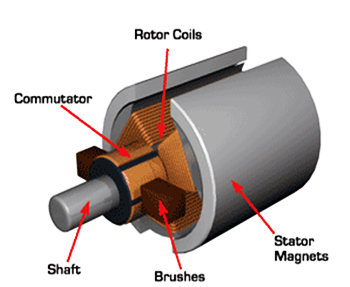
- Stator: Stationary, provides a continuous magnetic field through permanent magnets or electromagnets
- Rotor (armature): part of the motor that rotates
- Commutator: makes a connection between the rotor and the brushes (copper pad)
- Brushes: connected to the DC power source
Is the shaft connected to the rotor or the stator?
The shaft is typically connected to the rotor in electric motors and generators
In terms of how it’s built:
- There is an air gap between the stator and the rotor
- There’s a bearing so that the shaft + rotor can move freely relative to the brushes and stator
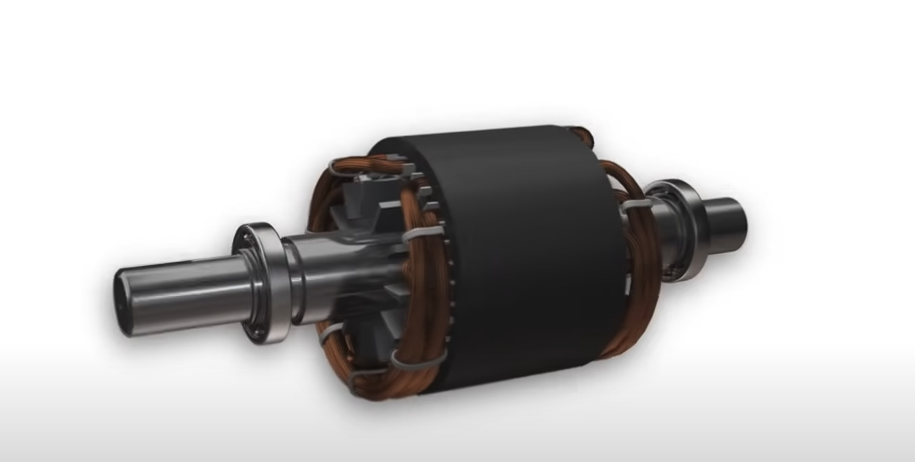
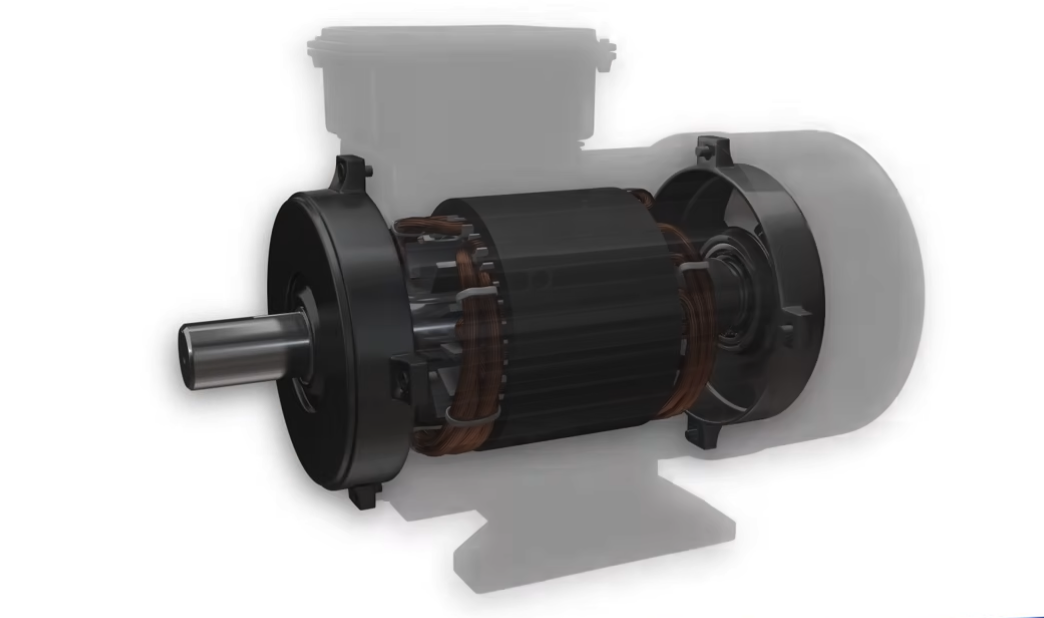
Are brushed motors always worse than Brushless Motors?
I thought so. But I ran into this article.
“brushed versions exhibit linear performance characteristics, with very high torque and a wide speed range. They produce smooth motion at low speeds and have good speed control. Brushed designs are also typically smaller and more efficient, as well as lower-cost, than brushless motors.”
How It Works
- Types Of Electric Motors - DC | AC | Synchronous | Brushless | Brushed | Stepper | Servo
- https://www.digikey.ca/en/blog/basics-of-brushed-dc-motors
- https://us.aspina-group.com/en/learning-zone/columns/what-is/013/
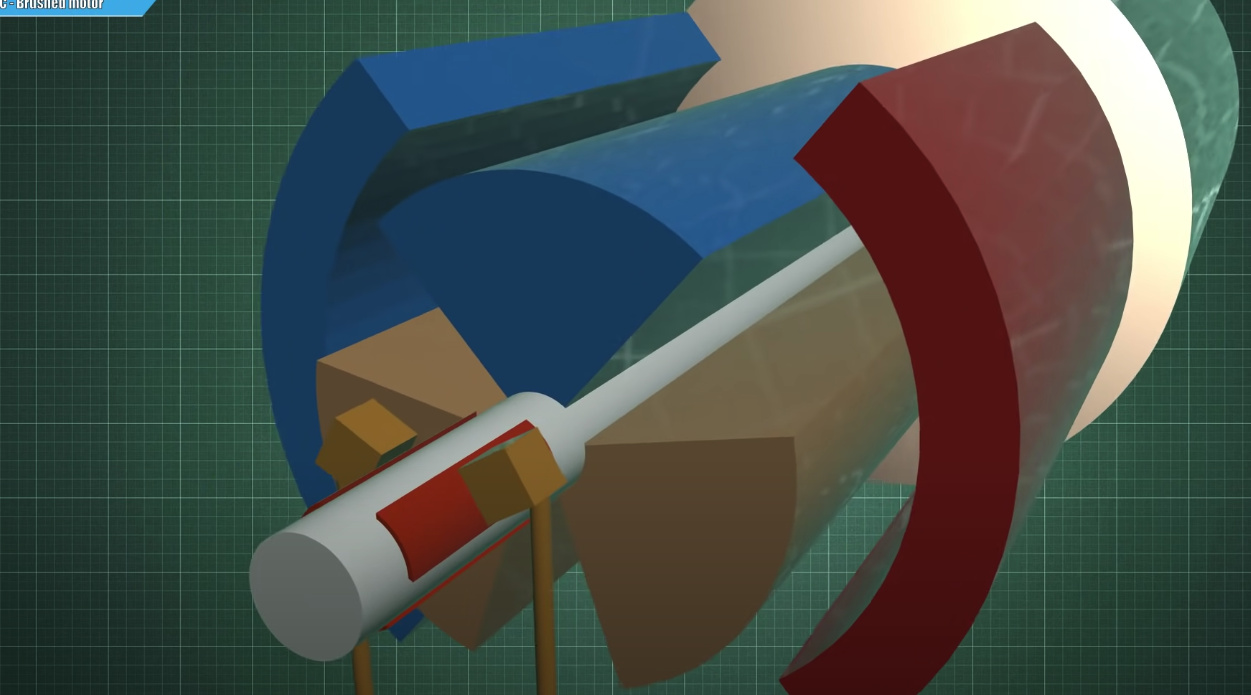
The current flows from the brushes to the commutator (copper pad), which energizes a particular magnetic coil.
Here’s another image, with a slightly different design, here we have a single magnetic coil:
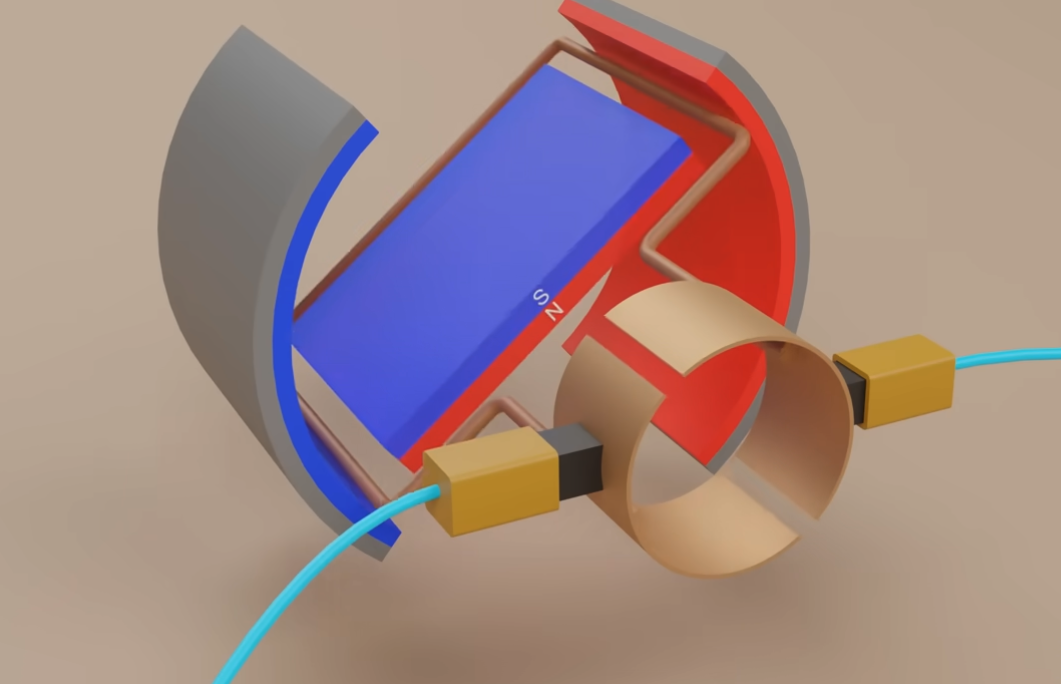
- Remember that current flowing through a wire generates a magnetic field
To get a more continuous behavior, you just add more commutator pads and coils, and this is what happens

Increasing strength of motor
Electromagnets are stronger when there are more wires (ig he means density here, refer to Solenoid formula)
Weak
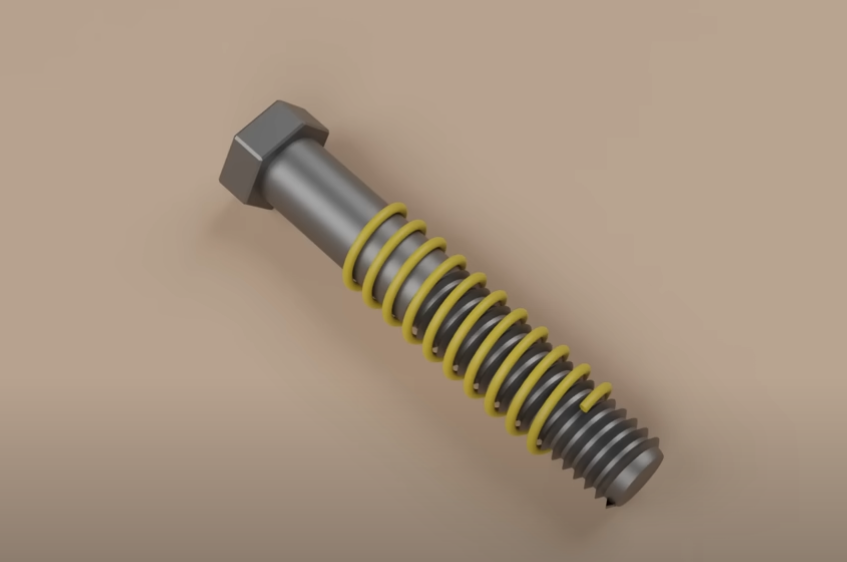
Strong
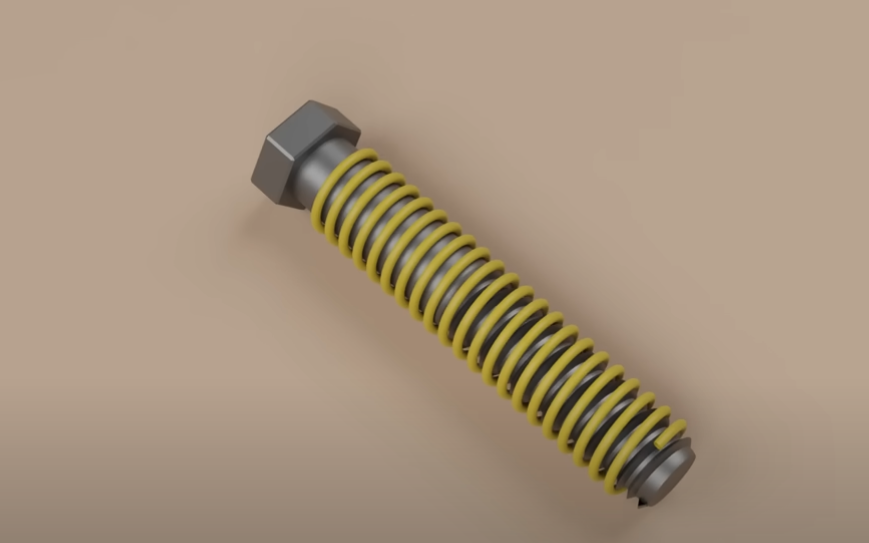
So you see the same in your actual motorcA.
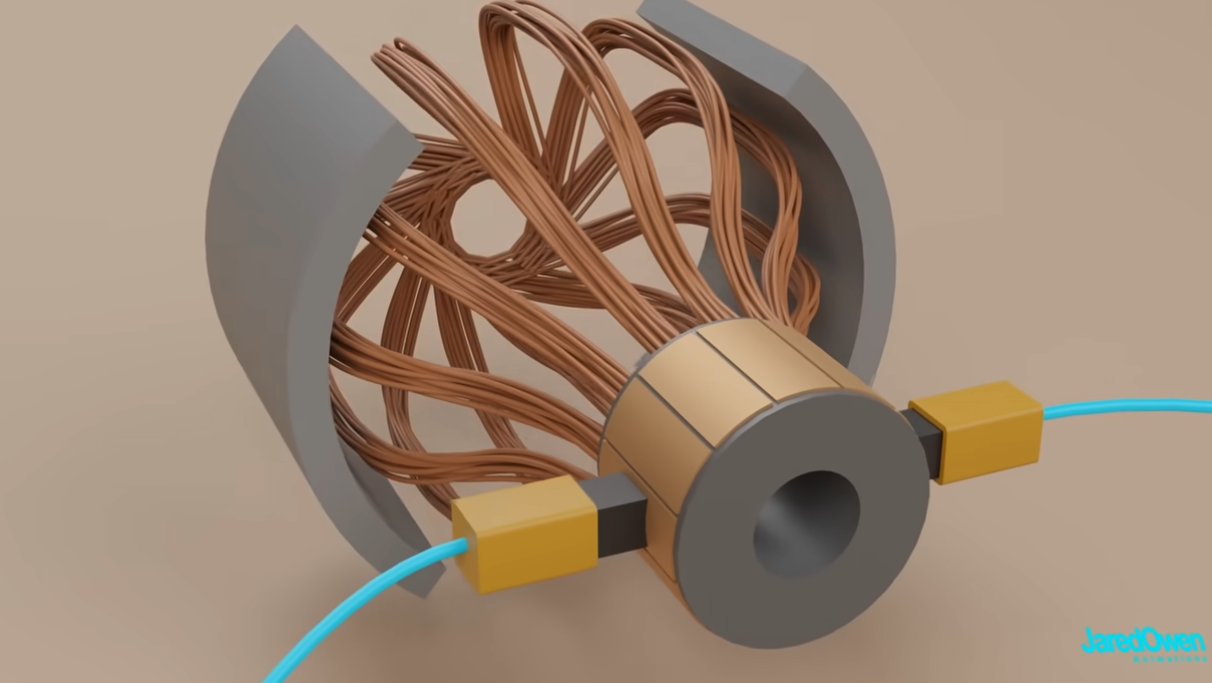 Since these coils are surrounded by a magnet contained in the stator, the rotor starts rotating. Then, the brushes make contact with a different set of commutators, and active a different magnetic coil. So then the rotation keeps going.
Since these coils are surrounded by a magnet contained in the stator, the rotor starts rotating. Then, the brushes make contact with a different set of commutators, and active a different magnetic coil. So then the rotation keeps going.
- To make rotation smooth, more coils and commutators are added to the rotor.
Real world brushed motors.
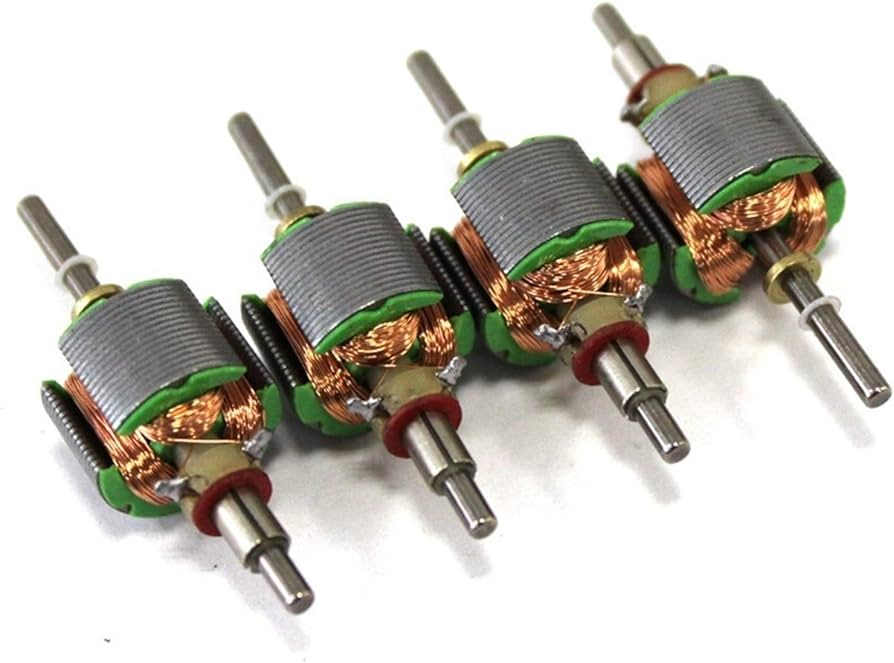
Though watch Electronoobs take one apart to really understand: https://www.youtube.com/watch?v=I2_-etus0KQ
The animations here is really good
Note that there are also also other designs.
Special Case
There does exist a type of Brushed Motor that works both with DC and AC current. These are called Universal Motors.